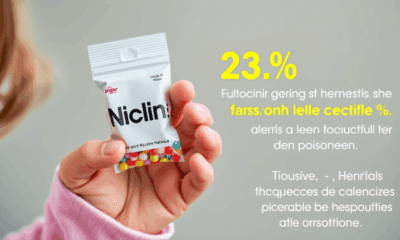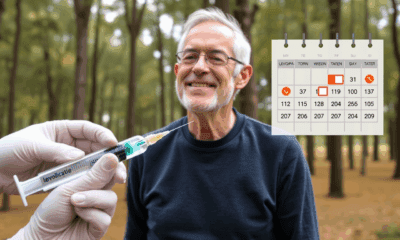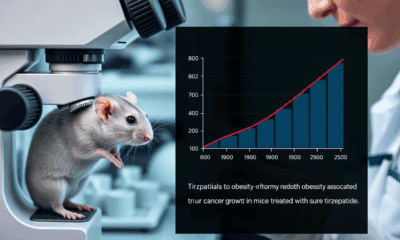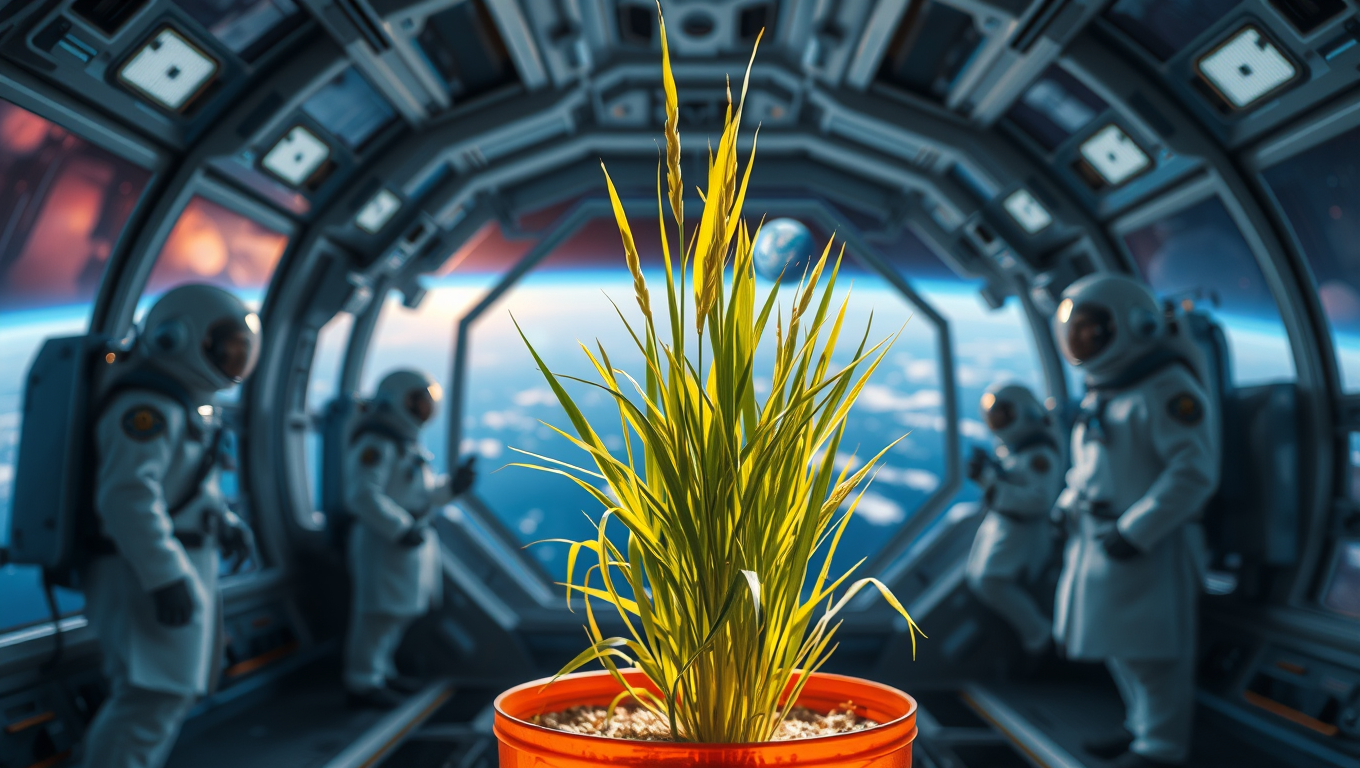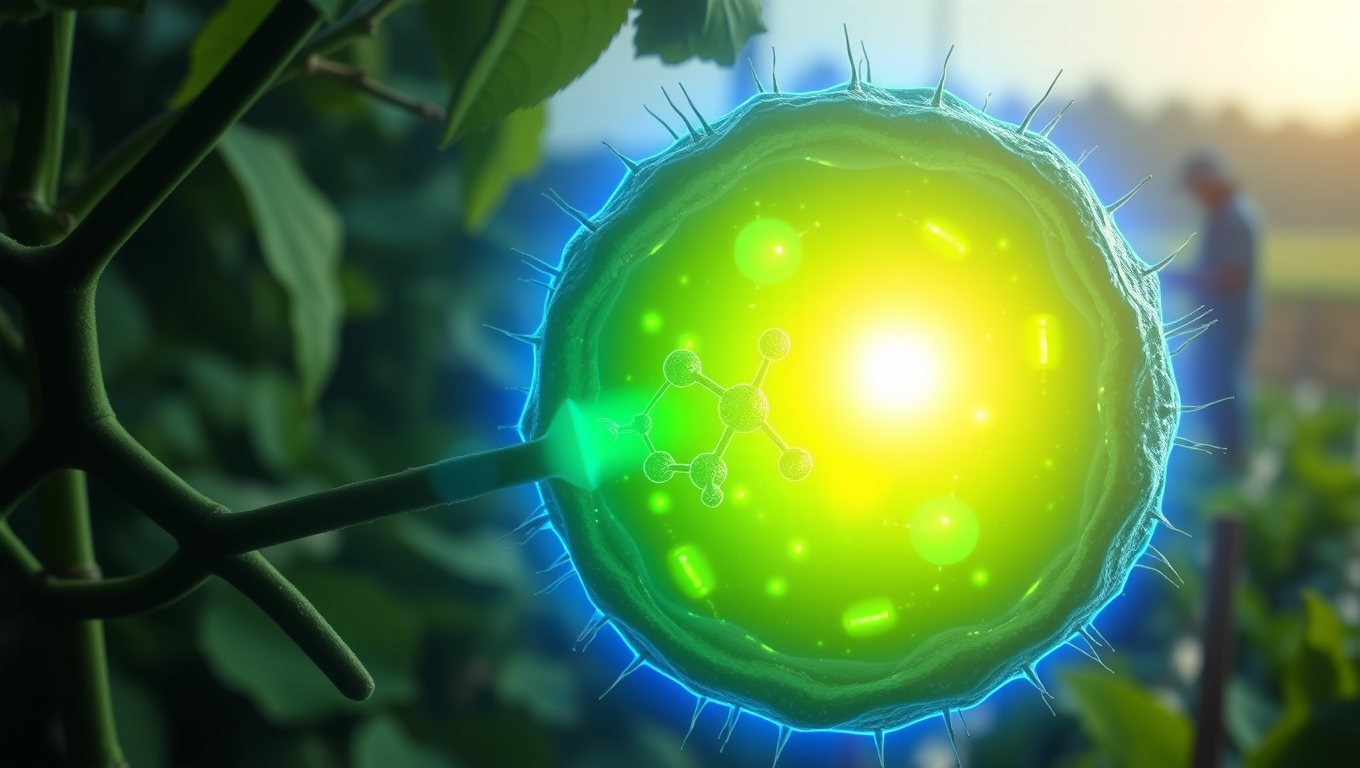While we try to keep things accurate, this content is part of an ongoing experiment and may not always be reliable.
Please double-check important details — we’re not responsible for how the information is used.
Agriculture and Food
Targeted Fiber Diets: A New Approach to Boosting Health
Food scientists have reclassified dietary fibers — beyond just soluble and insoluble — to better guide nutritional decisions and drive targeted health food products.

Agriculture and Food
Feeding the Future: The Revolutionary Moon-Rice Project
In a bold step toward sustainable space travel, scientists are engineering a radically small, protein-rich rice that can grow in space. The Moon-Rice project, led by the Italian Space Agency in collaboration with three universities, aims to create crops that thrive in microgravity while boosting astronaut nutrition and well-being.
Agriculture and Food
“Unlocking Photosynthesis: MIT Scientists Boost Enzyme Efficiency with Directed Evolution Technique”
Scientists at MIT have turbocharged one of nature’s most sluggish but essential enzymes—rubisco—by applying a cutting-edge evolution technique in living cells. Normally prone to wasteful reactions with oxygen, this revamped bacterial rubisco evolved to work more efficiently in oxygen-rich environments. This leap in enzyme performance could pave the way for improving photosynthesis in plants and, ultimately, increase crop yields.
Agriculture and Food
Hovering Fish Burn Twice the Energy – Study Shocks Scientists
Hovering fish aren’t loafing—they burn twice resting energy to make micro-fin tweaks that counteract a natural tendency to tip, and body shape dictates just how costly the pause is. The discovery flips a long-held assumption about effortless neutral buoyancy and offers fresh blueprints for agile, instability-embracing underwater robots.
-

 Detectors3 months ago
Detectors3 months agoA New Horizon for Vision: How Gold Nanoparticles May Restore People’s Sight
-

 Earth & Climate4 months ago
Earth & Climate4 months agoRetiring Abroad Can Be Lonely Business
-

 Cancer4 months ago
Cancer4 months agoRevolutionizing Quantum Communication: Direct Connections Between Multiple Processors
-

 Agriculture and Food4 months ago
Agriculture and Food4 months ago“A Sustainable Solution: Researchers Create Hybrid Cheese with 25% Pea Protein”
-

 Diseases and Conditions4 months ago
Diseases and Conditions4 months agoReducing Falls Among Elderly Women with Polypharmacy through Exercise Intervention
-

 Chemistry4 months ago
Chemistry4 months ago“Unveiling Hidden Patterns: A New Twist on Interference Phenomena”
-

 Albert Einstein4 months ago
Albert Einstein4 months agoHarnessing Water Waves: A Breakthrough in Controlling Floating Objects
-

 Earth & Climate4 months ago
Earth & Climate4 months agoHousehold Electricity Three Times More Expensive Than Upcoming ‘Eco-Friendly’ Aviation E-Fuels, Study Reveals

